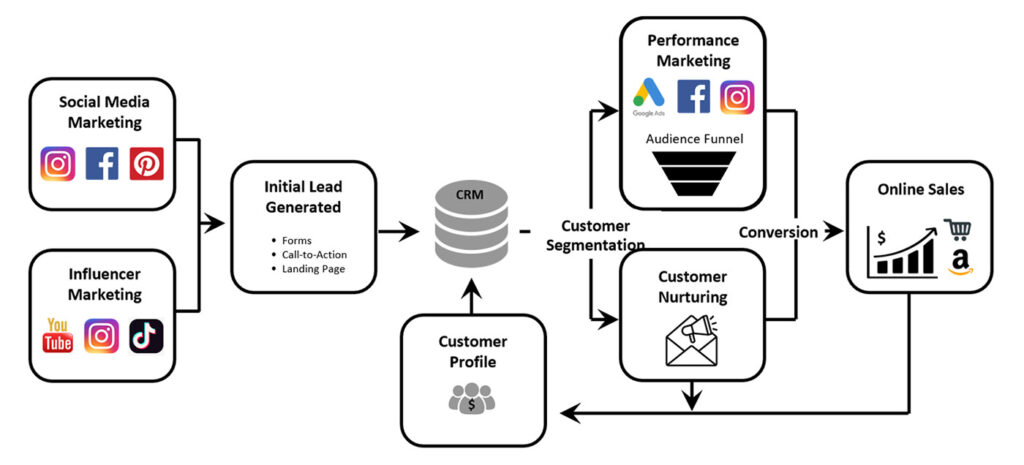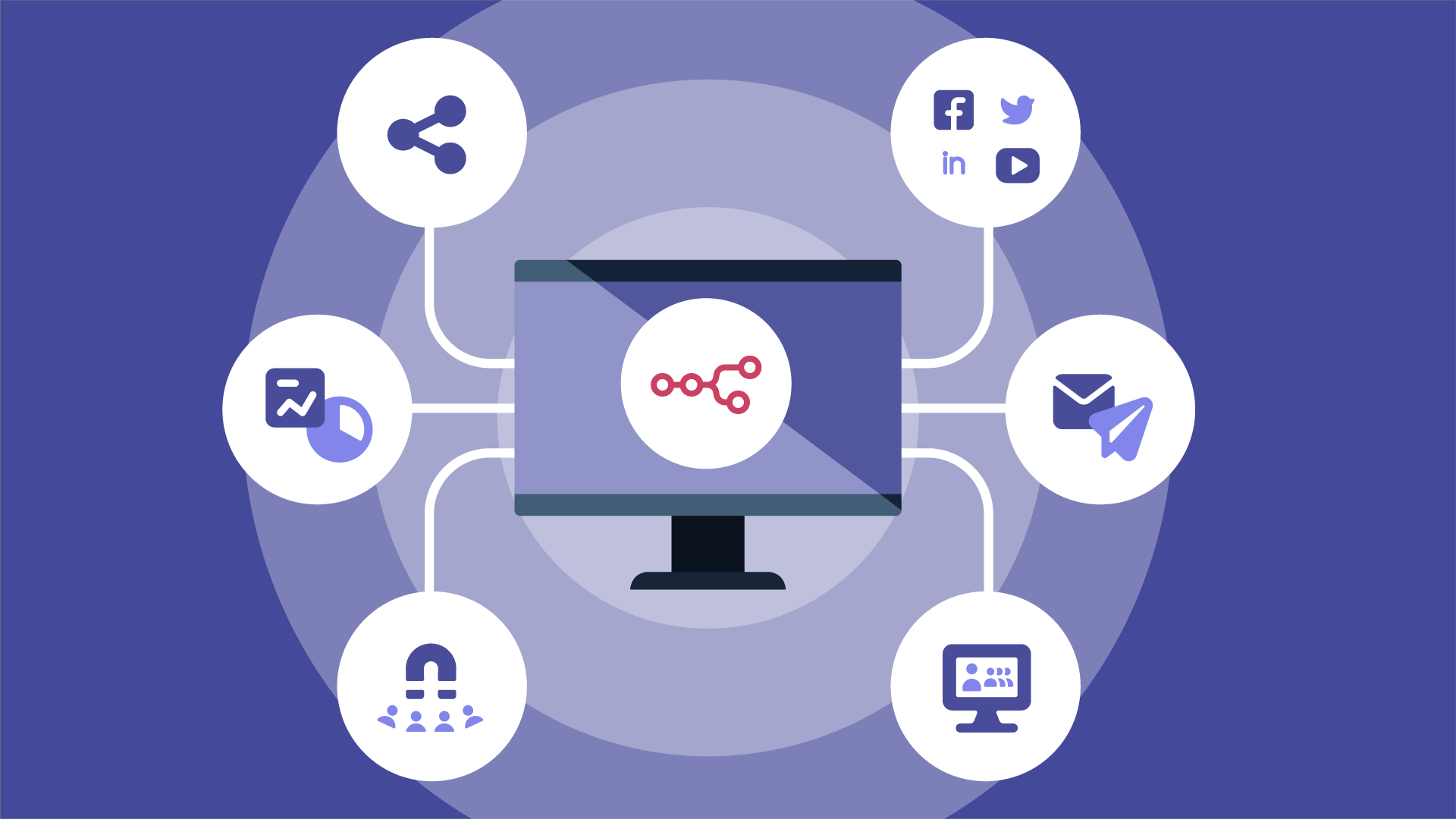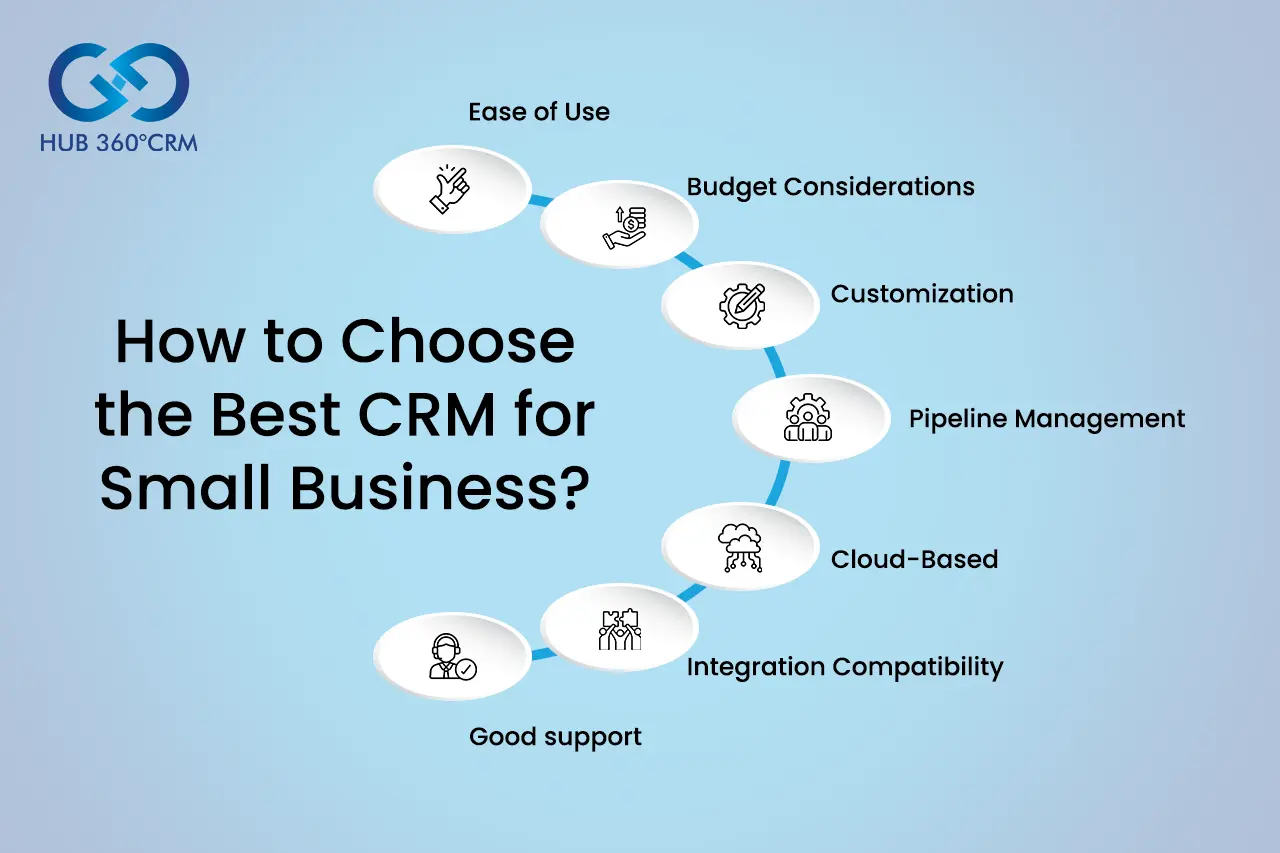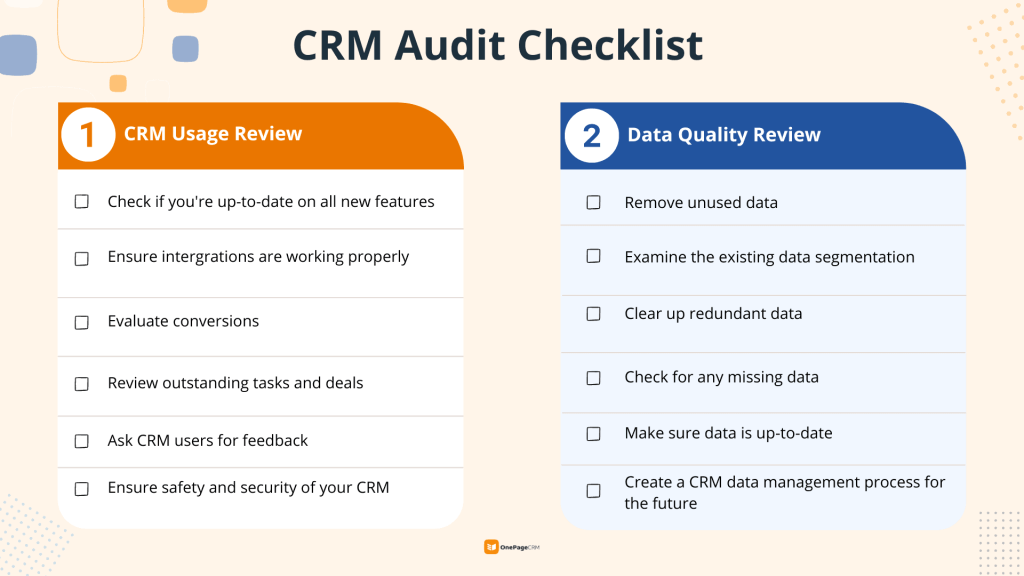
Mastering the CRM Marketing Funnel: A Step-by-Step Guide to Setup and Success
In today’s dynamic business landscape, understanding and leveraging the customer relationship management (CRM) marketing funnel is no longer optional; it’s essential. This detailed guide will walk you through the intricacies of setting up a CRM marketing funnel, helping you attract, engage, and convert leads into loyal customers. We’ll cover everything from the initial setup to advanced strategies, ensuring you have the knowledge and tools to optimize your funnel for maximum impact.
What is a CRM Marketing Funnel?
Before diving into the setup, let’s clarify what a CRM marketing funnel is. It’s a visual representation of the customer journey, from the moment they first encounter your brand to the point of becoming a paying customer and, ideally, a long-term advocate. A well-structured funnel allows you to nurture leads, guide them through the various stages of their buying process, and personalize their experience, leading to higher conversion rates and increased customer lifetime value.
The traditional marketing funnel typically comprises these stages:
- Awareness: The customer becomes aware of your brand or product.
- Interest: The customer shows interest by exploring your offerings.
- Decision: The customer evaluates their options and makes a purchase decision.
- Action: The customer makes a purchase.
- Loyalty: The customer becomes a repeat buyer and brand advocate.
A CRM marketing funnel integrates these stages with your CRM system, allowing you to track customer interactions, automate marketing efforts, and personalize the customer experience at each touchpoint. This integration provides invaluable insights into customer behavior, enabling data-driven decision-making and continuous optimization of your marketing strategies.
Why is a CRM Marketing Funnel Important?
The implementation of a CRM marketing funnel is not merely a technological upgrade; it’s a strategic shift that can significantly impact your business’s success. Here’s why it’s so crucial:
- Improved Lead Generation: A well-defined funnel helps you identify and attract qualified leads, ensuring your marketing efforts are focused on the right audience.
- Enhanced Customer Engagement: By personalizing your communication and tailoring your content to each stage of the funnel, you can significantly improve customer engagement.
- Increased Conversion Rates: Nurturing leads through the funnel with relevant content and offers increases the likelihood of them converting into customers.
- Higher Customer Lifetime Value: By fostering loyalty and encouraging repeat purchases, a CRM marketing funnel helps you maximize customer lifetime value.
- Data-Driven Decision Making: The insights you gain from your CRM system allow you to make data-driven decisions, optimizing your marketing strategies and improving your ROI.
- Streamlined Processes: Automation features in CRM systems streamline marketing processes, saving you time and resources.
Setting Up Your CRM Marketing Funnel: A Step-by-Step Guide
Setting up a CRM marketing funnel may seem complex, but with a systematic approach, it can be a manageable and rewarding process. Here’s a comprehensive step-by-step guide to help you get started:
1. Choose the Right CRM System
The first and most crucial step is selecting the right CRM system for your business. The ideal CRM system should align with your business needs, budget, and technical capabilities. Consider these factors when making your decision:
- Scalability: Choose a system that can grow with your business.
- Integrations: Ensure the CRM integrates with your existing marketing tools, such as email marketing platforms, social media channels, and analytics tools.
- User-Friendliness: The system should be easy to use for all team members, regardless of their technical expertise.
- Features: Look for features that support your specific marketing goals, such as lead scoring, marketing automation, and reporting capabilities.
- Cost: Evaluate the pricing structure and ensure it fits your budget. Consider both the initial setup cost and ongoing subscription fees.
Popular CRM systems include:
- HubSpot CRM: Known for its user-friendliness and comprehensive marketing tools.
- Salesforce: A robust and highly customizable platform suitable for large enterprises.
- Zoho CRM: A cost-effective option with a wide range of features.
- Pipedrive: Designed specifically for sales teams, with a focus on pipeline management.
- Microsoft Dynamics 365: An integrated platform that offers CRM and ERP functionalities.
2. Define Your Target Audience
Before you start building your funnel, you need to understand your target audience. Create detailed buyer personas that represent your ideal customers. These personas should include:
- Demographics: Age, gender, location, income, education, etc.
- Psychographics: Interests, values, lifestyle, attitudes, etc.
- Pain Points: The challenges and frustrations your target audience faces.
- Goals: What your target audience wants to achieve.
- Buying Behavior: How they research and make purchasing decisions.
Understanding your target audience will help you tailor your marketing messages, content, and offers to resonate with them at each stage of the funnel.
3. Map Out Your Customer Journey
Once you understand your target audience, map out their journey through the funnel. This involves identifying the touchpoints where customers interact with your brand and the actions they take at each stage. Consider these key stages:
- Awareness: How do potential customers first learn about your brand? (e.g., social media, search engines, referrals)
- Interest: What actions do they take to show interest? (e.g., visiting your website, downloading a resource, subscribing to your newsletter)
- Decision: What factors influence their decision to purchase? (e.g., pricing, features, reviews)
- Action: What is the purchase process like? (e.g., online checkout, contacting sales)
- Loyalty: How do you keep customers engaged and encourage repeat purchases? (e.g., email campaigns, loyalty programs)
For each stage, identify the content, offers, and communication channels that will be most effective in moving customers to the next stage.
4. Segment Your Audience
Segmentation is crucial for personalizing your marketing efforts. Divide your audience into different segments based on factors like:
- Demographics: Age, location, industry, etc.
- Behavior: Website activity, past purchases, email engagement, etc.
- Lead Source: How they first encountered your brand.
- Interests: Based on their interactions with your content.
Segmenting your audience allows you to create targeted content and offers that are more relevant to each group, leading to higher engagement and conversion rates.
5. Create Content and Offers for Each Stage
Content is the engine that drives your CRM marketing funnel. Develop content and offers tailored to each stage of the funnel:
- Awareness Stage: Create top-of-funnel (TOFU) content designed to attract new leads. This could include blog posts, social media updates, infographics, videos, and ebooks. Focus on providing value and educating your audience about their problems and potential solutions.
- Interest Stage: Offer valuable resources that capture contact information. This could include webinars, case studies, checklists, and downloadable guides. These resources should address the specific needs and interests of your target audience.
- Decision Stage: Provide content that helps leads make a purchasing decision. This could include product demos, free trials, comparison guides, customer testimonials, and special offers.
- Action Stage: Streamline the purchase process. Make it easy for customers to buy your product or service. Ensure your website is user-friendly, your checkout process is secure, and your customer service is responsive.
- Loyalty Stage: Nurture your existing customers with exclusive content, special offers, loyalty programs, and personalized communication. This could include thank-you emails, product updates, and exclusive discounts.
6. Set Up Lead Scoring
Lead scoring is a system for assigning points to leads based on their behavior and demographics. This helps you prioritize your sales efforts by focusing on the most qualified leads. Consider these factors when setting up lead scoring:
- Website Activity: Pages visited, downloads, time spent on site.
- Email Engagement: Opens, clicks, replies.
- Demographics: Job title, company size, industry.
- Social Media Activity: Shares, likes, comments.
Assign points to each action and use a threshold to determine when a lead is considered qualified for sales follow-up.
7. Automate Your Marketing Efforts
Automation is key to scaling your marketing efforts and improving efficiency. Use your CRM system to automate tasks such as:
- Email Marketing: Set up automated email sequences for lead nurturing, onboarding, and customer retention.
- Lead Segmentation: Automatically segment leads based on their behavior and demographics.
- Lead Scoring: Automatically score leads based on their actions.
- Social Media Posting: Schedule social media posts to maintain a consistent online presence.
- Workflow Automation: Automate tasks such as assigning leads to sales reps and sending follow-up emails.
8. Integrate Your CRM with Other Tools
To maximize the effectiveness of your CRM marketing funnel, integrate your CRM with other tools, such as:
- Email Marketing Platforms: Sync your contact lists and email campaigns to ensure consistent messaging.
- Social Media Platforms: Track social media engagement and manage social media activities directly from your CRM.
- Website Analytics Tools: Track website activity and understand how visitors interact with your content.
- Customer Service Software: Integrate customer service interactions to provide a seamless customer experience.
9. Track and Analyze Your Results
Regularly track and analyze your results to identify areas for improvement. Use your CRM system’s reporting capabilities to monitor key metrics such as:
- Website Traffic: Track website visits, bounce rates, and time on site.
- Lead Generation: Monitor the number of leads generated and their sources.
- Conversion Rates: Track conversion rates at each stage of the funnel.
- Customer Acquisition Cost (CAC): Measure the cost of acquiring a new customer.
- Customer Lifetime Value (CLTV): Calculate the value of a customer over their relationship with your brand.
- Return on Investment (ROI): Evaluate the ROI of your marketing campaigns.
Use these insights to optimize your funnel and make data-driven decisions.
10. Continuously Optimize Your Funnel
The CRM marketing funnel is not a static structure; it requires continuous optimization. Regularly review your results, identify areas for improvement, and make adjustments as needed. This could involve:
- Testing Different Content and Offers: Experiment with different content formats, headlines, and calls to action to see what resonates best with your audience.
- Refining Your Segmentation: Adjust your segmentation criteria based on customer behavior and data insights.
- Improving Your Lead Scoring: Refine your lead scoring system to ensure you’re prioritizing the most qualified leads.
- Optimizing Your Automation Workflows: Fine-tune your automation workflows to improve efficiency and personalization.
- Staying Up-to-Date: Keep abreast of industry trends and best practices to ensure your funnel remains effective.
Advanced CRM Marketing Funnel Strategies
Once you’ve established the basics, you can implement advanced strategies to further optimize your CRM marketing funnel:
Personalization
Personalization is key to delivering relevant experiences. Use your CRM data to personalize content, offers, and communication. This could involve:
- Personalized Email Marketing: Send targeted emails based on customer behavior, preferences, and demographics.
- Dynamic Content: Display personalized content on your website based on the visitor’s profile.
- Product Recommendations: Recommend products based on past purchases, browsing history, and customer preferences.
Behavioral Targeting
Behavioral targeting involves delivering content and offers based on customer behavior. This could include:
- Abandoned Cart Emails: Send automated emails to customers who have abandoned items in their cart.
- Website Retargeting: Show targeted ads to visitors who have previously visited your website.
- In-App Messaging: Send personalized messages within your app based on user behavior.
Lead Nurturing Campaigns
Lead nurturing campaigns involve sending a series of emails and offers designed to move leads through the funnel. These campaigns can be automated and personalized based on lead behavior and demographics. They are usually triggered by actions such as:
- Lead Magnet Downloads: Triggering an email sequence after a lead downloads a lead magnet.
- Website Visits: Triggering emails based on pages visited on the website.
- Engagement with emails: Triggering another sequence based on how the lead engages with the first email.
Cross-selling and Upselling
Encourage repeat purchases by offering related products or upgrades to existing customers. This could include:
- Cross-selling Emails: Recommend related products based on past purchases.
- Upselling Opportunities: Offer upgrades or premium versions of your products.
- Loyalty Programs: Reward customers for repeat purchases and encourage them to buy again.
Mobile Optimization
Ensure your CRM marketing funnel is optimized for mobile devices. This includes:
- Responsive Website Design: Ensure your website is responsive and displays correctly on all devices.
- Mobile-Friendly Emails: Design your emails to be mobile-friendly.
- Mobile App: Consider developing a mobile app to enhance the customer experience.
Common Mistakes to Avoid
While setting up a CRM marketing funnel can be highly beneficial, there are common pitfalls to avoid. By recognizing these mistakes, you can ensure a smoother and more successful implementation:
- Choosing the Wrong CRM: Selecting a CRM system that doesn’t meet your business needs can be a costly mistake. Research and choose the right CRM.
- Ignoring Your Target Audience: Failing to understand your target audience will result in irrelevant content and offers. Always create detailed buyer personas.
- Lack of Segmentation: Failing to segment your audience will result in generic messaging. Segment your audience to personalize your marketing.
- Poor Content Quality: Create high-quality, valuable content that resonates with your audience.
- Neglecting Automation: Failing to automate your marketing efforts will limit your efficiency and scalability.
- Not Tracking Your Results: Failing to track your results will make it impossible to optimize your funnel.
- Not Optimizing Continuously: A CRM marketing funnel is not a set-it-and-forget-it project. Regular analysis and optimization are essential.
- Poor Integration: Inadequate integration between the CRM and other marketing tools.
Conclusion
Setting up and optimizing a CRM marketing funnel is a strategic investment that can significantly improve your marketing performance and drive business growth. By following the steps outlined in this guide, you can create a well-structured funnel that attracts, engages, and converts leads into loyal customers. Remember to choose the right CRM, understand your target audience, and continuously optimize your funnel based on data and insights. With a strategic approach and a commitment to continuous improvement, you can harness the power of the CRM marketing funnel to achieve your business goals.
The key takeaway is that a well-executed CRM marketing funnel setup is an ongoing process, not a one-time task. It requires diligent planning, consistent execution, and a willingness to adapt and refine your strategies based on data and insights. By staying focused on your audience, providing value, and leveraging the power of automation and personalization, you can build a CRM marketing funnel that drives sustainable growth and fosters long-term customer relationships.


